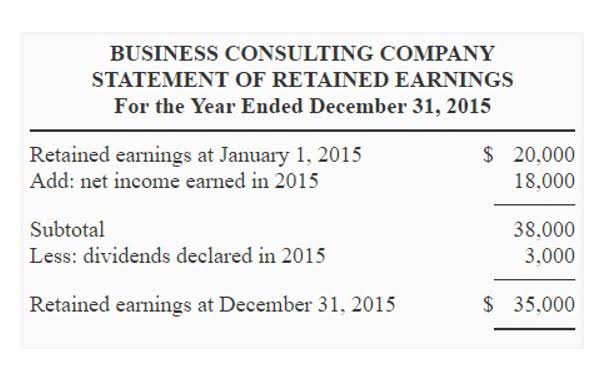What Is Normal Balance in Accounting?

Double-entry accounting ensures that for every change made to an account, there is an equal and opposite change in another. This is called dual aspect, and it helps maintain the system’s balance. Sometimes, even in accounting, there are welcome surprises, e.g., when a previously written-off account pays unexpectedly. Perhaps a customer emerges from bankruptcy with some ability to pay, or a collections agency succeeds after the account was deemed hopeless. Debit pertains to the left side of an account, while credit refers to the Travel Agency Accounting right. The same rules apply to all asset, liability, and capital accounts.
Income Statement Accounts are Temporary Accounts
If a company pays the rent for the current month, Rent Expense and Cash are the two accounts involved. If a company provides a service and gives the client 30 days in which to pay, the company’s Service Revenues account and Accounts Receivable are affected. Beyond these foundational elements, Revenue and Expenses explain changes within equity over a period.

The Role of Ledger Accounts
Payments for rent or utilities, for example, would involve a debit to the appropriate expense account. For an account with a normal debit balance, such as an asset account, a debit entry will increase its balance, while a credit entry will decrease it. Conversely, for an account with a normal credit balance, like a liability or revenue account, a credit entry will increase its balance, and a debit entry will decrease it.
Revenue Accounts
- A “normal balance” refers to the side of an account (debit or credit) that increases its balance.
- They are not considered an operating expense, unlike costs such as salaries or rent.
- The following example may be helpful to understand the practical application of rules of debit and credit explained in above discussion.
- Since the service was performed at the same time as the cash was received, the revenue account Service Revenues is credited, thus increasing its account balance.
- It’s crucial to understand that in accounting, ‘debit’ and ‘credit’ don’t necessarily mean ‘subtract’ and ‘add’ as they’re often used to record transactions in the right accounts.
- If, on the other hand, the normal balance of an account is credit, we shall record any increase in that account on the credit side and any decrease on the debit side.
When a business incurs an expense, the corresponding expense account is debited to reflect the increase in that cost. This debit is always paired with a corresponding credit to another account, typically an asset account like Cash, or a liability account if payment is deferred. These entries ensure the fundamental accounting equation remains balanced. Expenses represent the costs incurred in the process of generating revenue, and they directly reduce a business’s net income, which in turn diminishes owner’s equity.

Normal balances of accounts chart » » data-sheets-userformat= » »2″:513, »3″: »1″:0, »12″:0″>Normal balances of accounts chart
You’ll be more aware of your expenses, income, and overall cash flow. This knowledge can guide your decision-making process, helping you to wisely allocate resources and take advantage of opportunities. On the other hand, a credit to an account means you’re decreasing an asset or expense account, or increasing a liability or equity account. When you debit an account, you’re either increasing an asset or expense account, or decreasing a liability or equity account.

What Is a Statement of Activities?
In double-entry bookkeeping, asset accounts typically carry a debit balance. When the value of assets increases, the asset account is debited, and when the value decreases, it is credited. We’ve covered debits, credits, the basic accounting equation and accounts but we need to go further into accounts. In accounting, it is essential to understand the normal balance of an account to correctly record and track financial transactions. An account’s normal balance is the side of the account what is normal balance in accounting that increases when a transaction is recorded. Knowing the normal balance of an account helps maintain accurate financial records, prepare financial statements, and identify errors in the accounting system.

Examples of Debits and Credits in a Corporation
Liabilities https://oratilwegroup.co.za/2022/12/02/the-sales-tax-in-fremont-california/ are what a company owes, like Accounts Payable and Notes Payable, and rise with credits. Equity accounts, like Common Stock, show ownership investment and earnings. They too have a credit balance, showing long-term financial benefits.

Laisser un commentaire
Rejoindre la discussion?N’hésitez pas à contribuer !